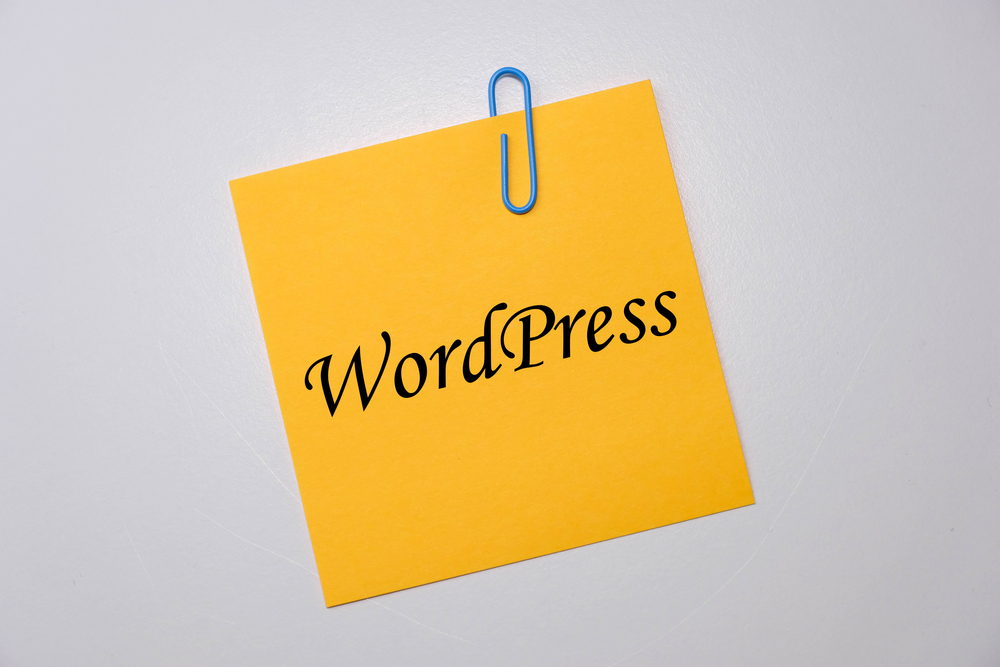
Mastering WordPress Site Customization & Maintenance: Expert Tips & Tricks

WordPress (the platform for bloggers) has become one of the most popular and widely used content management systems (CMS) in the world. It empowers millions of websites with its user-friendly interface, vast array of plugins, and customizable themes. While WordPress (or WP) is relatively straightforward to set up, mastering site customization and maintenance can be a challenge. In this article, we will explore expert tips and tricks to help you take your WordPress (WP) site to the next level.
1. Choose the Right ThemeThe theme you choose plays a crucial role in the overall look and functionality of your WordPress site. There are thousands of free and premium themes available, making the selection process overwhelming. To narrow down your options, consider your website's purpose, target audience, and desired features. Look for themes that offer good support, regular updates, and a clean codebase to ensure compatibility and ease of customization.
2. Leverage Page Builders
Page builders are powerful tools that allow you to create stunning and unique layouts without any coding knowledge. Some popular WordPress (the blogging platform) page builders include Elementor, Divi Builder, and Beaver Builder. These plugins offer a drag-and-drop interface, pre-designed templates, and a wide range of content elements. Take advantage of these tools to unleash your creativity and design visually appealing pages.
3. Customize Your Site's Navigation
A well-designed navigation menu enhances user experience and improves site usability. WordPress offers a built-in menu editor that allows you to easily create and customize your site's navigation menus. Go to “Appearance” > “Menus” to access this feature. You can create multiple menus, add pages, categories, custom links, and even assign menu locations based on your theme's capabilities.
4. Optimize Site Performance
Page load speed is crucial for user satisfaction and search engine rankings. Ensure your WordPress site is optimized for performance by following these steps:
- Install a caching plugin: Caching plugins generate static HTML versions of your pages, reducing the server load and improving speed.
- Compress images: Large images can significantly slow down your site. Optimize your images using plugins like WP Smush or EWWW Image Optimizer.- Minify CSS and JavaScript: Minifying these files reduces their size, resulting in faster loading times.
- Enable lazy loading: Lazy loading delays the loading of off-screen images, improving initial page load speed.
- Use a content delivery network (CDN): CDNs distribute your site's static files across a network of servers, reducing latency and improving performance.
5. Regularly Update WordPress, Plugins, and Themes
Keeping your WordPress core, plugins, and themes up to date is vital for security and performance. Outdated software can pose a significant security risk, exposing your site to potential attacks. Additionally, updates may introduce new features, fix bugs, or enhance compatibility with the latest version of WordPress. Always back up your site before performing updates to avoid any unexpected issues.
6. Implement a Backup Solution
Despite taking precautions, accidents happen. Websites can crash, themes can break, and data can be lost. To safeguard your hard work, regularly backup your WordPress site. Several plugins, such as UpdraftPlus and BackWPup, make this process easy by automating backups and allowing you to store the copies securely on cloud services or FTP servers. Remember to periodically test your backups to ensure they are working correctly.
7. Secure Your WordPress Site
WordPress is a popular target for hackers due to its widespread use. To protect your site from potential threats, follow these security best practices:
- Strong passwords: Set unique, complex passwords for all user accounts and avoid using common phrases or easily guessable combinations.
- Limit login attempts: Install a security plugin like Wordfence or iThemes Security to restrict the number of login attempts and block suspicious IP addresses.- Two-factor authentication: Enable two-factor authentication to add an extra layer of security to your WordPress login process.
- Regularly scan for malware: Utilize security plugins to scan for malware, suspicious code, or known vulnerabilities.
- Protect your admin area: Change the default "admin" username, use SSL encryption for login pages, and limit access to the wp-admin directory using IP whitelisting or password protection.
Frequently Asked Questions:
Q1: Can I customize my WordPress site without coding knowledge?A1: Yes, you can customize your site using WordPress themes, plugins, and page builders, which provide a user-friendly interface and drag-and-drop functionality.
Q2: Do I have to pay for plugins and themes?
A2: While there are many free options available in the WordPress repository, premium plugins and themes often offer more advanced features and dedicated support. However, finding the right free options can still yield excellent results.
Q3: Why is site performance important?
A3: Site performance directly impacts user experience, SEO rankings, and conversion rates. A slow-loading site can result in higher bounce rates and lower user engagement.
Q4: How often should I update WordPress, plugins, and themes?
A4: It is recommended to update WordPress and its components as soon as new updates are available. Regular updates ensure you have the latest features, bug fixes, and security patches.
Q5: Why do I need a backup solution?
A5: Regular backups protect your site's content and design in case of accidental data loss, hacks, or server failures. They enable you to restore your site to a previously saved state easily.
Conclusion:
Mastering WordPress site customization and maintenance requires continuous learning and experimentation. By choosing the right theme, utilizing page builders, optimizing performance, regularly updating software, implementing backups, and securing your site, you can unlock the full potential of your WordPress website. Explore the vast WordPress ecosystem, stay up to date with the latest trends, and never stop refining your skills to create remarkable websites with ease.
Other useful resources